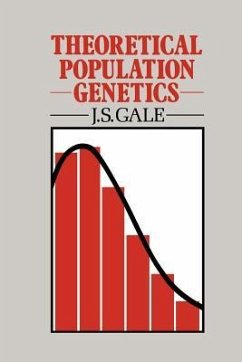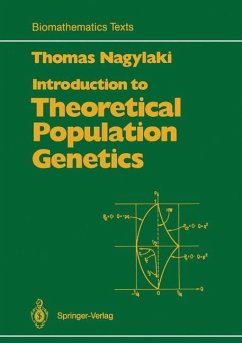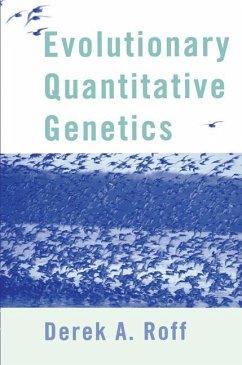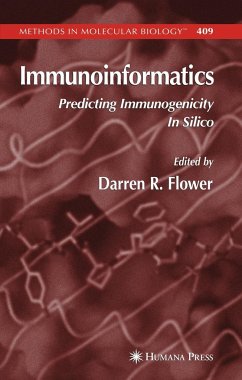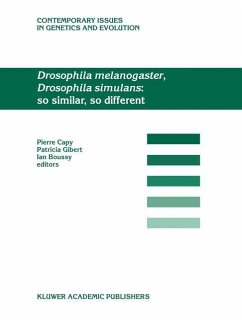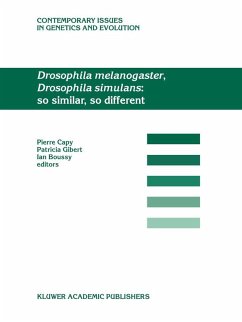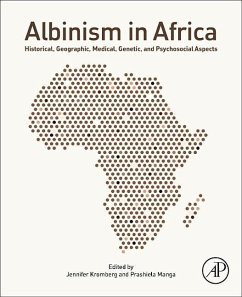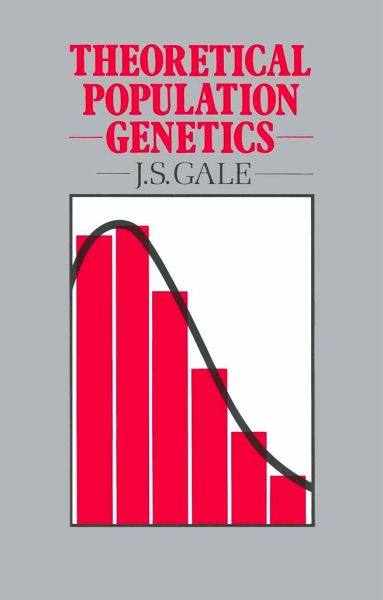
Theoretical Population Genetics
Versandkostenfrei!
Versandfertig in über 4 Wochen
92,99 €
inkl. MwSt.
Weitere Ausgaben:

PAYBACK Punkte
46 °P sammeln!
The rise of the neutral theory of molecular evolution seems to have aroused a renewed interest in mathematical population genetics among biologists, who are primarily experimenters rather than theoreticians. This has encouraged me to set out the mathematics of the evolutionary process in a manner that, I hope, will be comprehensible to those with only a basic knowledge of calculus and matrix algebra. I must acknowledge from the start my great debt to my students. Equipped initially with rather limited mathematics, they have pursued the subject with much enthusiasm and success. This has enabled...
The rise of the neutral theory of molecular evolution seems to have aroused a renewed interest in mathematical population genetics among biologists, who are primarily experimenters rather than theoreticians. This has encouraged me to set out the mathematics of the evolutionary process in a manner that, I hope, will be comprehensible to those with only a basic knowledge of calculus and matrix algebra. I must acknowledge from the start my great debt to my students. Equipped initially with rather limited mathematics, they have pursued the subject with much enthusiasm and success. This has enabled me to try a number of different approaches over the years. I was particularly grateful to Dr L. J. Eaves and Professor W. E. Nance for the opportunity to give a one-semester course at the Medical College of Virginia, and I would like to thank them, their colleagues and their students for the many kindnesses shown to me during my visit. I have concentrated almost entirely on stochastic topics, since these cause the greatest problems for non-mathematicians. The latter are particularly concerned with the range of validity of formulae. A sense of confidence in applying these formulae is, almost certainly, best gained by following their derivation. I have set out proofs in fair detail, since, in my experience, minor points of algebraic manipulation occasionally cause problems. To avoid loss of continuity, I have sometimes put material in notes at the end of chapters.





